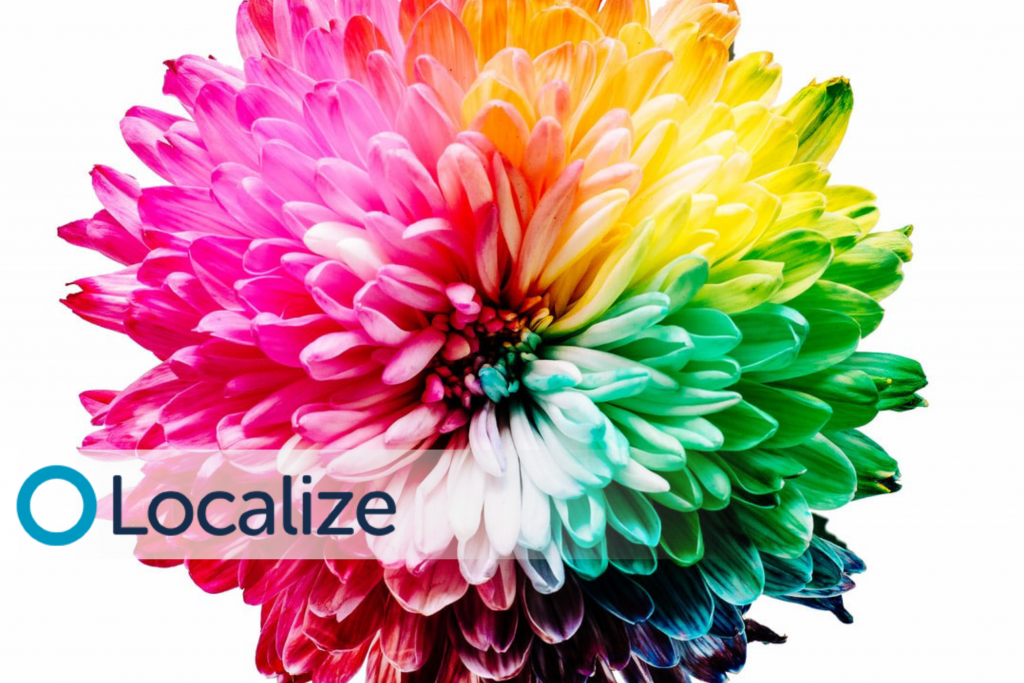People have an intimate relationship with the meaning of colors. We have our favorite hues that we like to wear. When we go outside, we recognize the meanings of some colors automatically – the color of a traffic light or the yellow line down the middle of the road. We use colors to describe our feelings – we have the blues, we get green with envy, we are tickled pink, we see red. However, when localizing your product, it’s important to understand the different meaning of colors in different cultures. So let’s take a look at some colors and how they play out in different countries and how colors clash with different cultures.

The Cultural Meaning of Colors
Black
In the US and the majority of European countries, black is mostly associated with death and with dark images (e.g., witches) and bad luck (e.g., black cats). However, black conveys an entirely different meaning in Africa where it’s associated with masculinity and wisdom and age, especially the wisdom of elders.
White
People in most Western cultures associate white with purity (e.g., a white wedding dress originally connoted virginity). However, it should be noted that white in many Asian cultures is regarded the way we in the US regard black, i.e., white signifies death.
Blue
Blue is a color that most cultures perceive as positive. In Greece it’s a symbol of national pride, in Ukraine it signifies good health, in Israel it connotes holiness, and in some eastern cultures it symbolizes immortality. The Hindu religion associates blue with Krishna, who embodies divine joy and love.
Green
Green is widely associated across the globe with standing up for the environment. It’s also a color that brings to mind the military. In Muslim countries, green is regarded as sacred and holy, hence the green flag of Saudi Arabia. The Chinese stock market uses green to indicate stocks that have lost value (the exact opposite of the US stock market).
Red
In America, red can convey excitement and passion but also symbolize danger. And, you are in the red if you’re in debt. The stock market uses red to indicate a loss, whereas the opposite is true in China – red means that a stock has gone up. In South Korea, writing someone’s name in red ink means that the person has died. Across many regions of Asia, red is a celebratory color which is used for wedding dresses.
- Apple understands the importance of red in China – in 2016 it introduced a watch with a red wristband especially for the time of the Chinese New Year.
Orange
In the West, orange is a warm color. In the Netherlands, orange is symbolic of the royal family (the House of Orange) and the national soccer team. Buddhists see orange as the color of illumination (as in enlightenment) which is why Buddhist monks wear orange robes. Hindus associate orange with the sacred sign for fire.
Yellow and Pink
In the US, yellow indicates caution, faith, or hope. If you are German, you can be yellow with envy. Mexicans use yellow as the color for mourning. Pink in America is considered to be a very feminine color (e.g., girl babies wear pink) but in many other cultures yellow is perceived as a more feminine color.
Purple
Purple has long been associated with European royalty, but in much of Latin America purple signifies death. And, in Brazil you only send someone purple flowers if you want to insult them.
Do Your Colors Clash With the Culture?
Picking just any color without researching its impact on the local culture can completely undermine your global marketing efforts. By taking the time to understand the meaning of colors around the world, you’ll be speaking to your target audience in a way that’s both culturally appropriate and effective. Your color choices for your website or mobile app matter. They are just as important as choosing the right words and this is where Localize comes in. Localize can help you make sure that your translations don’t clash with the local culture. Contact us for more information.







